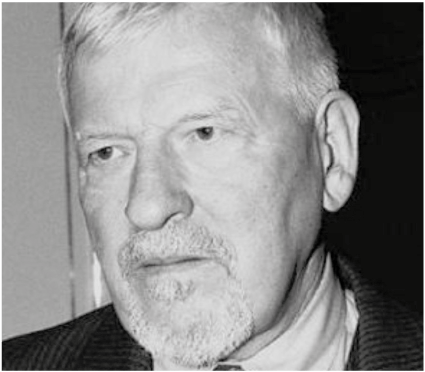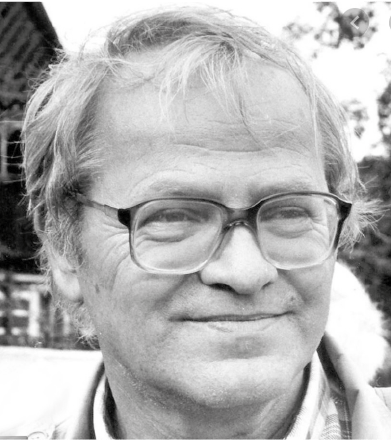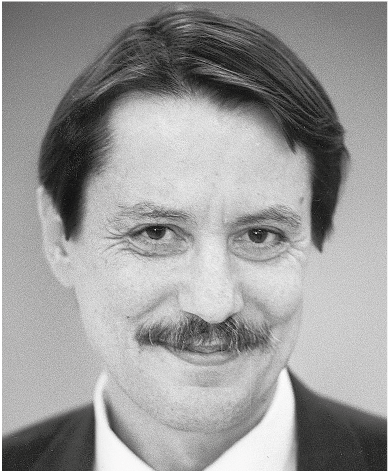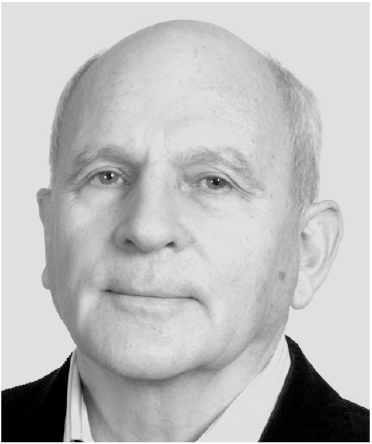The activity of a relatively tight group of intelligentsia from the circle of former Communist Party members which were expelled after 1968, whose orientation was balancing between democratic socialism and liberalism, started to show a political character. It came to be known as „civil dissent“. The most significant signatories of Charter 77 came from among this group (in Slovakia it was Miroslav Kusý, Dominik Tatarka, Ján Mlynárik, Vladimír Čech and later on Hana Ponická). Members of the intelligentsia Július Strinka, Milan Šimečka sr., J. Jablonický and others, were in close contact with the aforementioned signatories. Although at first, the civil activists were involved in the publication in samizdats (Lidové noviny, Obsah etc.), later on their focus of their activity concentrated mostly on the area of civil society, democracy and civil rights.
Charter 77 was a civil initiative in normalized Czechoslovakia, named after its first published document „Prohlášení Charty 77“ from the 1 January 1977. It criticized the „political and state power“ for non-compliance with human and civil rights, to which the CSR was bound to adhere to by signing the Final Act of the Conference of the Security and Cooperation in Europe in Helsinki in 1975.


